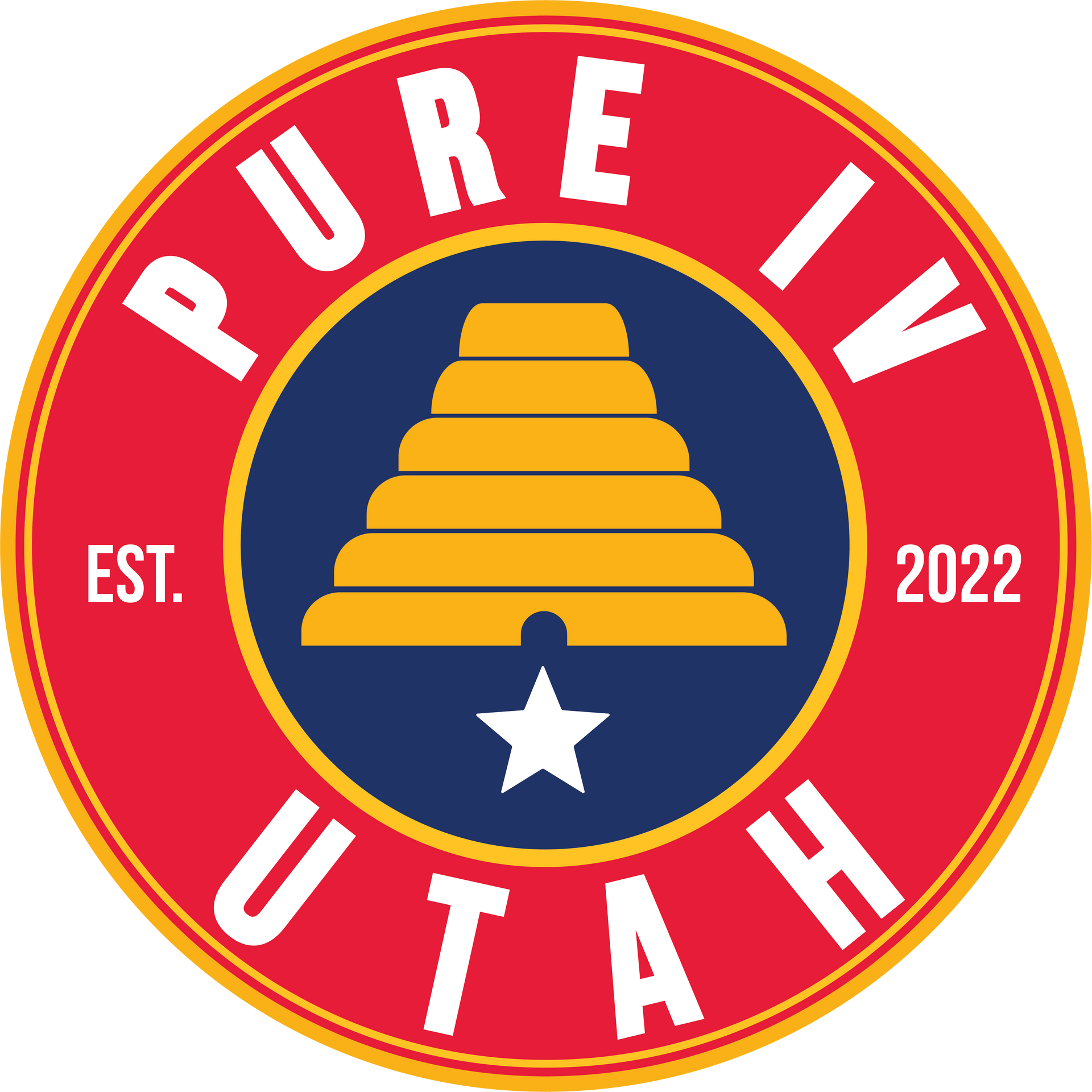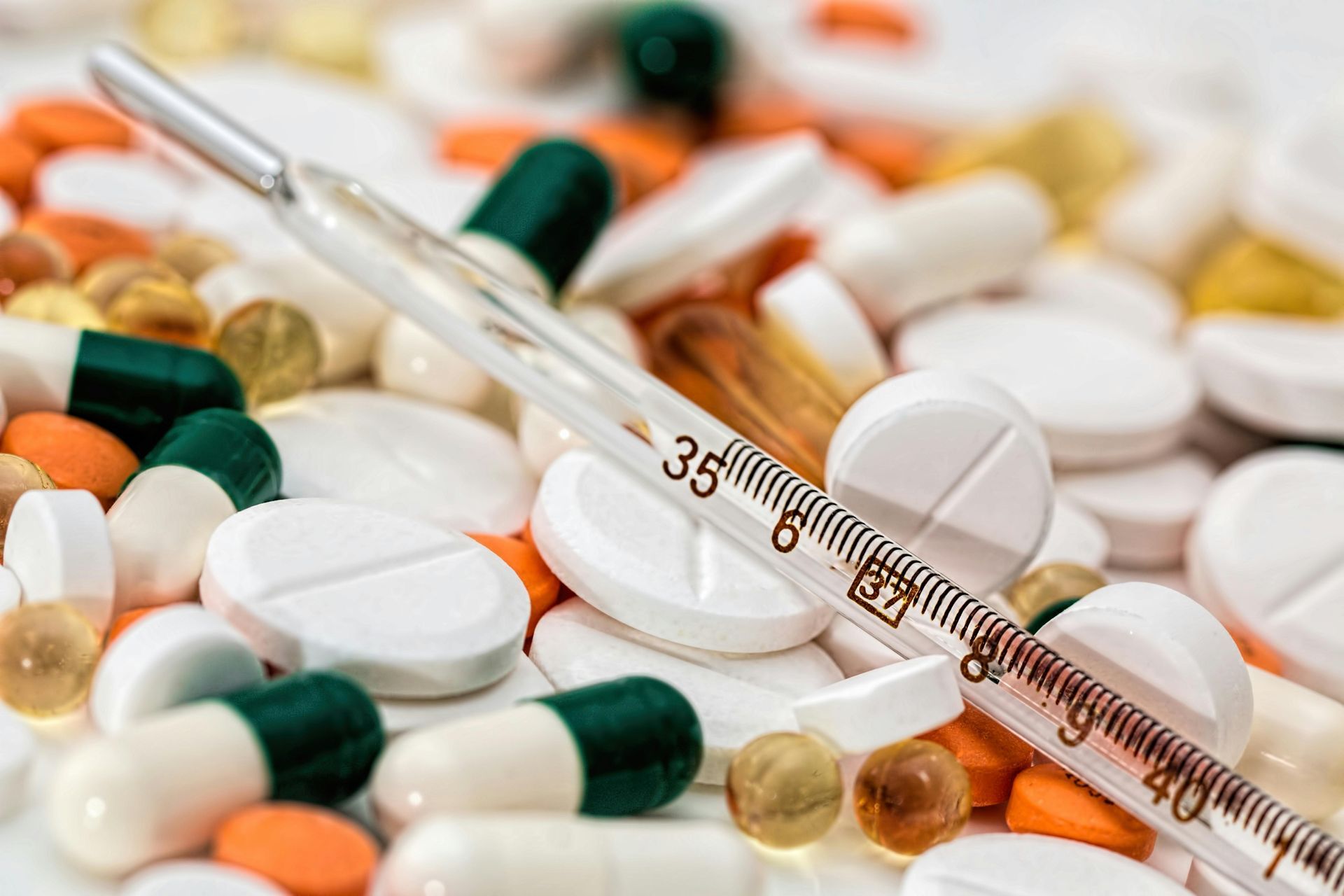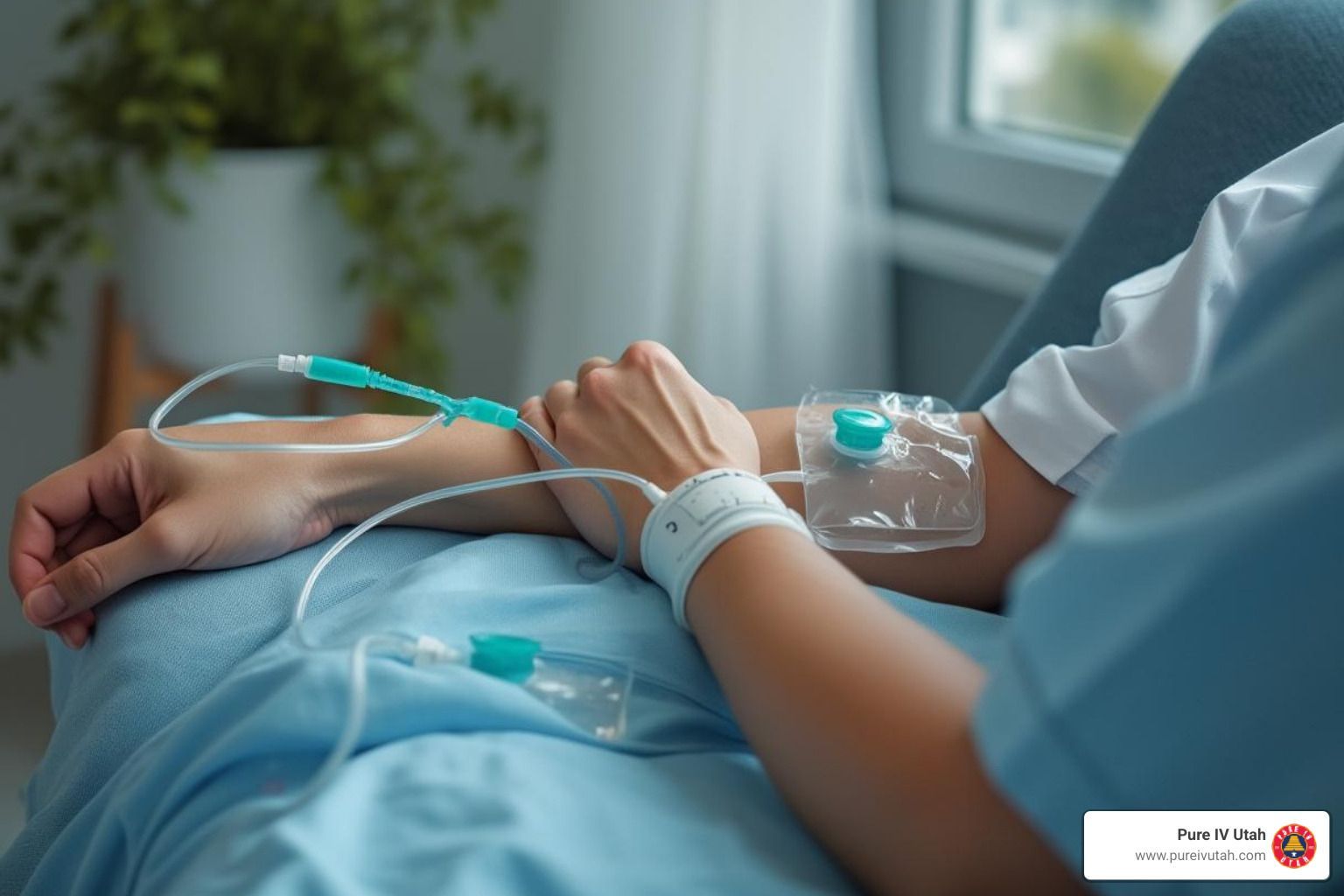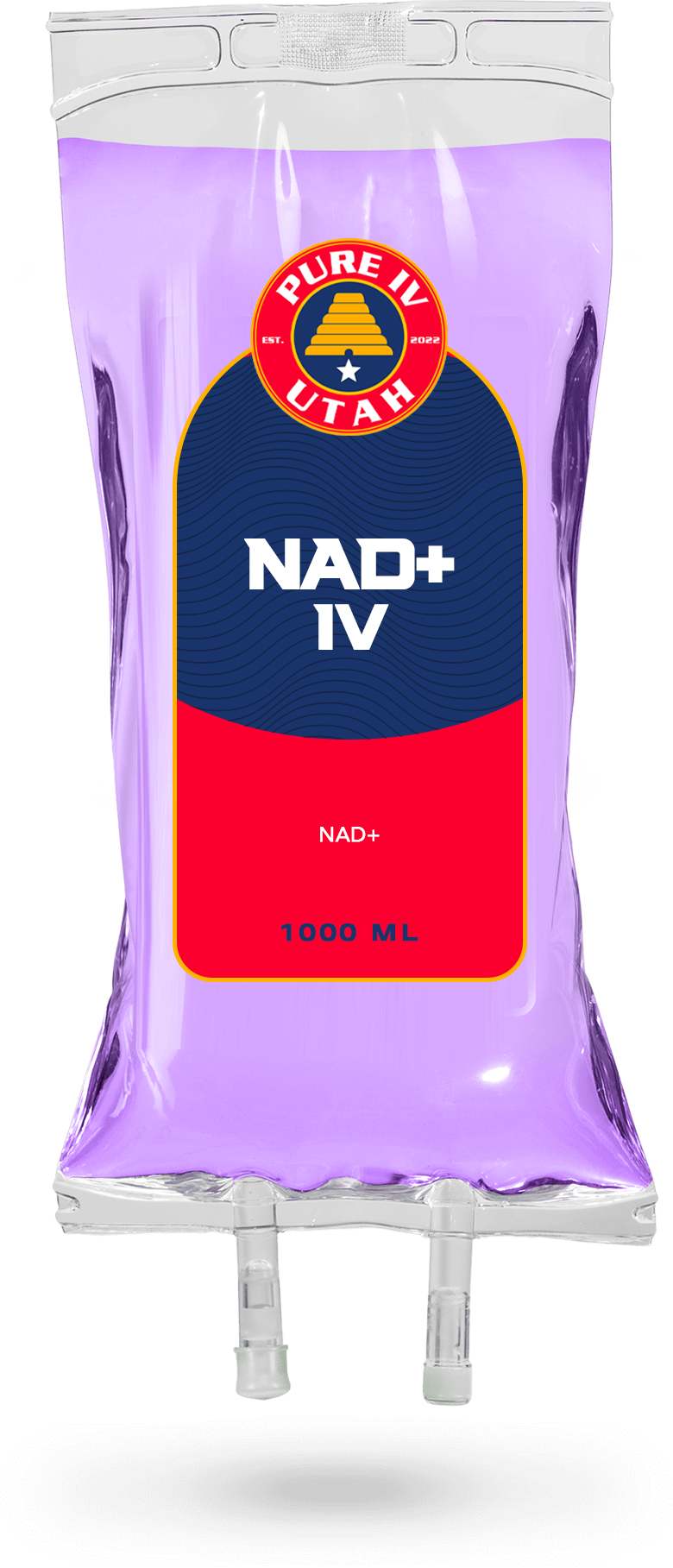Spring Allergy Relief: How IV Therapy Works

Medically reviewed by Micaela Strevay, FNP-C, PMHNP-BC
Joseph Lopez • May 8, 2025
Table of Contents

Spring is a season of renewal—but it can also bring unwanted symptoms for allergy sufferers. Pollen, dust mites, and molds trigger allergic reactions that affect the respiratory tract, immune system, and overall quality of life. As natural as allergies may be, emerging treatments such as IV (intravenous) therapy offer innovative ways to relax inflammation, boost the immune system, and relieve symptoms quickly. This comprehensive article explores the science behind spring allergies, examines how IV therapy works, discusses its benefits and safety, and compares it to other allergy treatments. Through research-based insights and expert opinions, readers will understand how IV therapy can provide relief for allergies and learn how to prepare for their first session.
IV therapy involves the direct administration of nutrients, antioxidants, and anti-inflammatory compounds into the bloodstream. This efficient method bypasses the digestive system, offering nearly 100% bioavailability of active ingredients. In the context of allergies, the therapy can include saline solutions with added vitamins (such as B-complex and vitamin C), magnesium, and other nutraceutical compounds that support respiratory health, reduce oxidative stress from allergens, and help stabilize the body’s response to triggers like pollen. By delivering these nutrients directly to tissues, IV therapy not only alleviates symptoms such as congestion, itching, and fatigue but also boosts the immune system’s ability to handle allergens.
In the following sections, the article addresses common queries about the triggers of spring allergies and the mechanisms by which IV therapy works, evaluates its safety and proper preparation, and finally compares IV therapy to more conventional treatment options. Scientific studies, clinical data, and the expertise of medical professionals like those at the Mayo Clinic and leading allergy research centers support these insights.
What Are the Common Triggers for Spring Allergies?
Spring allergies are predominantly caused by airborne allergens that are abundant during the season. Pollen from trees, grasses, and weeds are the main triggers, as they incite the body’s immune response, releasing histamines that cause sneezing, nasal congestion, and itchy eyes. Other culprits include mold spores in damp areas, dust mites stirred up by milder weather, and even increased exposure to pet dander when animals spend more time outdoors.
In addition to these natural triggers, environmental factors such as rising temperatures and air pollution can exacerbate symptoms, contributing to respiratory tract infections or chronic conditions like allergic rhinitis. Clinical data shows that approximately 20–30% of adults experience seasonal allergic rhinitis, which can impair sleep and daily productivity due to persistent fatigue and discomfort. Understanding these triggers is critical for tailoring a treatment strategy that may include IV therapy to provide rapid and effective relief.
How Can IV Therapy Provide Relief for Allergy Sufferers?
IV therapy works by delivering a carefully formulated combination of fluids, electrolytes, vitamins, and antioxidants directly into the bloodstream. The immediate effect is an accelerated absorption of active ingredients that modulate inflammatory responses and enhance cell repair. For allergy sufferers, this method bypasses the gastrointestinal tract, reducing the lag time that oral supplements require before showing benefits.
A key mechanism of IV therapy is the reduction of oxidative stress—an imbalance between free radicals and antioxidants in the body that exacerbates allergy symptoms. For example, vitamin C, delivered via IV, acts as a potent antioxidant and is known to reduce histamine levels, thereby diminishing the severity of allergic reactions. Additionally, magnesium infusion is associated with muscle relaxation in the nasal cavity and bronchi, making it easier to breathe in patients suffering from nasal congestion and bronchoconstriction.
Peer-reviewed studies indicate that intravenous vitamin C can improve symptoms of allergy-induced inflammation by up to 35% (Carr, 2010, NIH). By restoring the antioxidant balance and enhancing immune function, IV therapy offers immediate symptomatic relief and may reduce the frequency of flare-ups during peak allergy season.
What Are the Key Benefits of IV Therapy for Allergies?
The primary benefits of IV therapy for allergy sufferers extend beyond simple symptom relief. Below is a detailed list formatted to illuminate the multifaceted advantages of this innovative treatment:
Rapid Nutrient Absorption: IV therapy bypasses the digestive system, resulting in nearly 100% nutrient bioavailability. This rapid delivery is crucial during acute allergy episodes, enabling swift modulation of the immune response.
Reduction of Inflammation: Through antioxidants like vitamin C and magnesium, IV therapy helps lower inflammation markers, easing nasal congestion and reducing respiratory tract irritation.
Enhanced Immunity: Nutrients delivered via IV can boost the overall function of the immune system, preparing the body for optimal defense against allergens.
Decreased Histamine Levels: Certain IV formulations specifically target histamine reduction, which is essential for diminishing the symptoms of seasonal allergic rhinitis.
Improved Respiratory Function: By alleviating constriction in the airways and reducing mucus production, IV therapy can enhance breathing and overall lung function.
Support for Cellular Repair: Nutrients like B vitamins and glutathione, when administered intravenously, promote cellular repair and reduce oxidative stress, contributing to long-term benefits even after the acute allergy season.
Energy Boost Without Caffeine: Allergy symptoms often lead to significant fatigue; IV therapy can mitigate this by directly delivering energizing nutrients without relying on stimulants like caffeine.
These benefits are supported by clinical evidence and the successful application of IV protocols in managing conditions related to respiratory tract infections and chronic inflammation. The effectiveness of IV therapy is also corroborated by studies published in journals such as the Journal of Alternative and Complementary Medicine, which report significant improvements in patients suffering from inflammatory conditions following nutrient IV infusions.
How Safe Is IV Therapy Treatment for Allergies?
IV therapy administered by professional medical teams is generally considered safe when adhering to established medical protocols. The safety of IV therapy is enhanced by the direct supervision of certified IV nurses, who monitor vital signs and adjust dosages as necessary. The use of pre-mixed sterile solutions minimizes the risk of infection, while rigorous screening processes help ensure that patients have no contraindications such as severe kidney dysfunction or allergy to any of the infused ingredients.
Potential side effects are rare and generally mild if they occur at all. Some patients may experience minor discomfort at the injection site or temporary fatigue due to the rapid correction of electrolyte imbalances. Each patient’s medical history is carefully reviewed prior to treatment, ensuring that any pre-existing conditions are taken into account. For example, patients with hypertension are monitored closely when receiving saline-based IV therapy, as the sodium content could potentially affect blood pressure.
Recent studies and meta-analyses have supported the safety profile of IV nutrient therapy when performed under clinical conditions (Hoffer et al., 2013, PubMed). It is essential for patients to consult with a healthcare provider who is experienced in IV therapy to ensure that this treatment modality is appropriate for their specific allergy profile and overall health condition.
How Should One Prepare for Their First IV Therapy Session?
Proper preparation for an IV therapy session is critical to maximize its benefits and ensure a seamless treatment experience. Prior to the appointment, patients are typically advised to maintain adequate hydration by drinking water and avoiding alcohol, which can lead to dehydration. Additionally, patients should have a light meal a few hours before the session, as this can help stabilize blood sugar levels during the infusion.
During the consultation, the medical team will review the patient’s medical history, current medications, and any known allergies to ensure that the IV mixture is tailored to individual needs. Patients should also inform the provider of any symptoms they experience during allergy season, such as severe nasal congestion or breathing difficulties, as this information will help in formulating a customized IV protocol.
It is also advisable to arrange for a comfortable setting post-treatment, as some individuals may need to rest briefly. Wearing loose clothing and avoiding strenuous physical activity immediately after the session are recommended to help the body adjust to the nutrient infusion. Healthcare professionals emphasize that preparation, both mentally and physically, plays a significant role in the overall efficacy and comfort during IV therapy. Lists of required documents (e.g., recent medical history, allergy test results) should be gathered ahead of time to make the intake process streamlined and efficient.
How Does IV Therapy Compare with Other Allergy Treatment Options?
When evaluating treatment options for allergies, it is important to consider both conventional and alternative therapies. Common treatments include oral antihistamines, nasal sprays, decongestants, and allergy immunotherapy. IV therapy offers a distinct advantage by providing rapid relief through direct administration of nutrients and is particularly beneficial when traditional treatments do not provide immediate results.
The following table provides a detailed comparison of IV therapy and other conventional allergy treatments:
Treatment Option
Mechanism
Key Benefits
Onset of Action
Side Effects
IV Therapy
Direct nutrient delivery; antioxidant boost
Rapid symptom relief; immune support
Immediate to within 1 hour
Minimal; injection site discomfort
Oral Antihistamines
Histamine receptor blockade
Reduces itching, sneezing, and runny nose
30 minutes to 2 hours
Drowsiness, dry mouth, blurred vision
Nasal Sprays
Local decongestion and anti-inflammatory effect
Direct target of nasal congestion and irritation
5-15 minutes
Nasal dryness, possible rebound congestion
Allergy Immunotherapy
Gradual desensitization to allergens
Long-term reduction in sensitivity
Weeks to months (cumulative)
Injection reactions, mild local irritation
Before analyzing the table, note that IV therapy's major advantage lies in its speed and bioavailability, which is crucial during acute allergy flare-ups.
IV therapy stands out primarily due to its immediate onset and the fact that it bypasses the digestive system, delivering active ingredients directly to affected tissues. While oral antihistamines and nasal sprays are effective for many, they often require repeated dosing and can produce side effects such as drowsiness or nasal irritation. Allergy immunotherapy, on the other hand, offers long-term benefits but requires a prolonged treatment period before reaching full efficacy. Therefore, IV therapy serves as an excellent adjunct (or alternative, for appropriate cases) to conventional treatments, especially when rapid relief is desired.
Additionally, IV therapy holds promise in addressing underlying issues such as oxidative stress and immune deficits, which are not directly managed by traditional drugs. The customization of IV infusions offers a unique opportunity to target multiple pathways simultaneously—combating histamine activity, reducing inflammation, and enhancing general immune resilience.
Frequently Asked Questions
Q: How soon after starting IV therapy can I expect to see improvements in my allergy symptoms?
A: Many patients report noticeable improvements in symptoms like congestion and fatigue within one hour of the IV infusion, although full benefits may continue to develop over the following days if sessions are repeated consistently.
Q: Is IV therapy suitable for all allergy sufferers?
A: IV therapy is generally safe for most individuals with seasonal allergies; however, patients with certain conditions, such as severe kidney issues or high blood pressure, should consult with their healthcare provider to tailor the treatment appropriately.
Q: Can IV therapy replace my regular allergy medications?
A: IV therapy can act as an adjunct to standard treatments but should not completely substitute oral medications unless advised by a healthcare professional. It offers rapid symptom relief, especially during acute episodes, but long-term management may still require conventional therapies.
Q: How many IV therapy sessions are typically needed for optimal allergy relief?
A: The number of sessions can vary based on the severity of symptoms and individual response. Some patients benefit from a single session during peak allergy seasons, while others may follow a series of weekly treatments for more sustained improvements.
Q: What should I do if I experience mild side effects after my IV therapy session?
A: Mild side effects such as temporary discomfort at the injection site or slight fatigue are generally self-limiting. It is advisable to rest, hydrate, and contact your healthcare provider if side effects persist or worsen.
Q: Are there any long-term benefits of using IV therapy for allergy management?
A: Long-term benefits include improved immune function, reduced oxidative stress, and potentially diminished sensitivity to allergens over time, which can contribute to overall better respiratory health and fewer acute episodes during allergy seasons.
Q: How does the cost of IV therapy compare with traditional allergy treatments?
A: While IV therapy can be more expensive per session than a dose of antihistamines, its rapid and comprehensive symptom relief may reduce the need for multiple medications and doctor visits. The overall cost-effectiveness depends on individual needs and treatment frequency.
Key Takeaways
IV therapy delivers nutrients directly into the bloodstream, enabling rapid relief from allergy symptoms and improved immune function.
Spring allergies are primarily triggered by pollen, mold spores, and environmental factors, leading to inflammation and histamine release.
The benefits of IV therapy include rapid action, reduced inflammation, and enhanced respiratory function, making it a valuable adjunct to conventional treatments.
Safety protocols and expert supervision are essential to ensure that IV therapy is adapted to each patient’s unique health profile.
Compared to oral antihistamines and nasal sprays, IV therapy offers immediate relief and can target oxidative stress underlying allergic responses.
Final Thoughts
IV therapy represents a promising approach to managing seasonal allergies by addressing both symptoms and underlying immune challenges. With its rapid nutrient delivery and high bioavailability, it offers immediate relief that can improve quality of life during peak allergy seasons. Though not necessarily a replacement for traditional treatments, IV therapy serves as an excellent adjunct option, particularly for patients who have not achieved sufficient relief through conventional methods. As emerging studies continue to validate its efficacy, patients and healthcare providers alike may find IV therapy a valuable addition to their allergy management toolkit.




